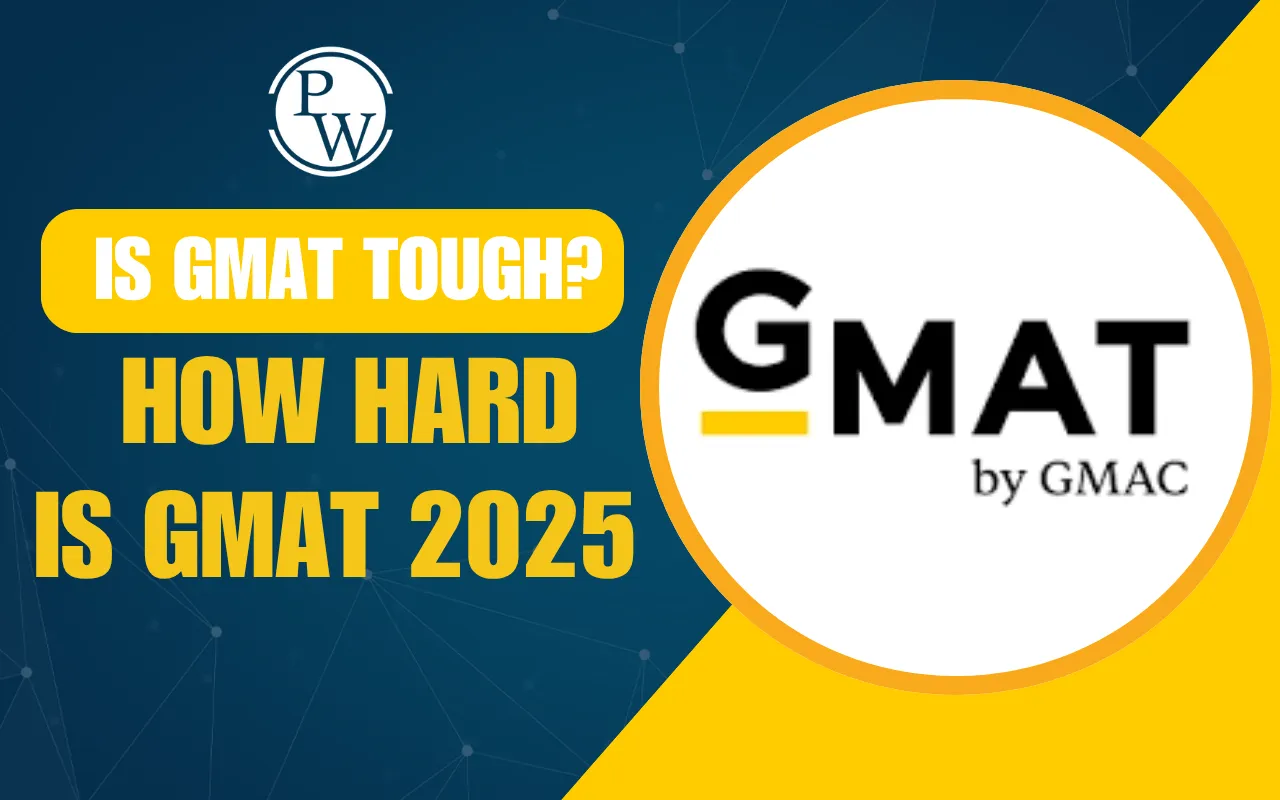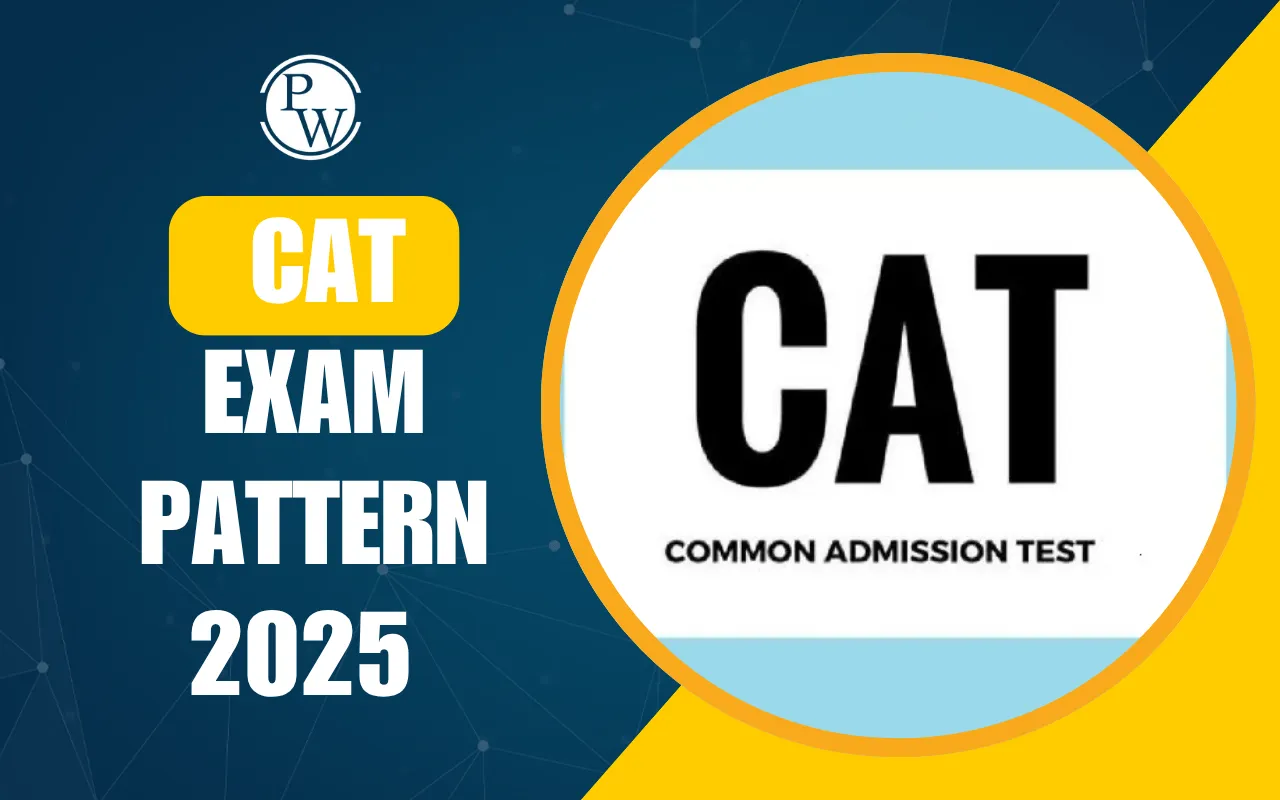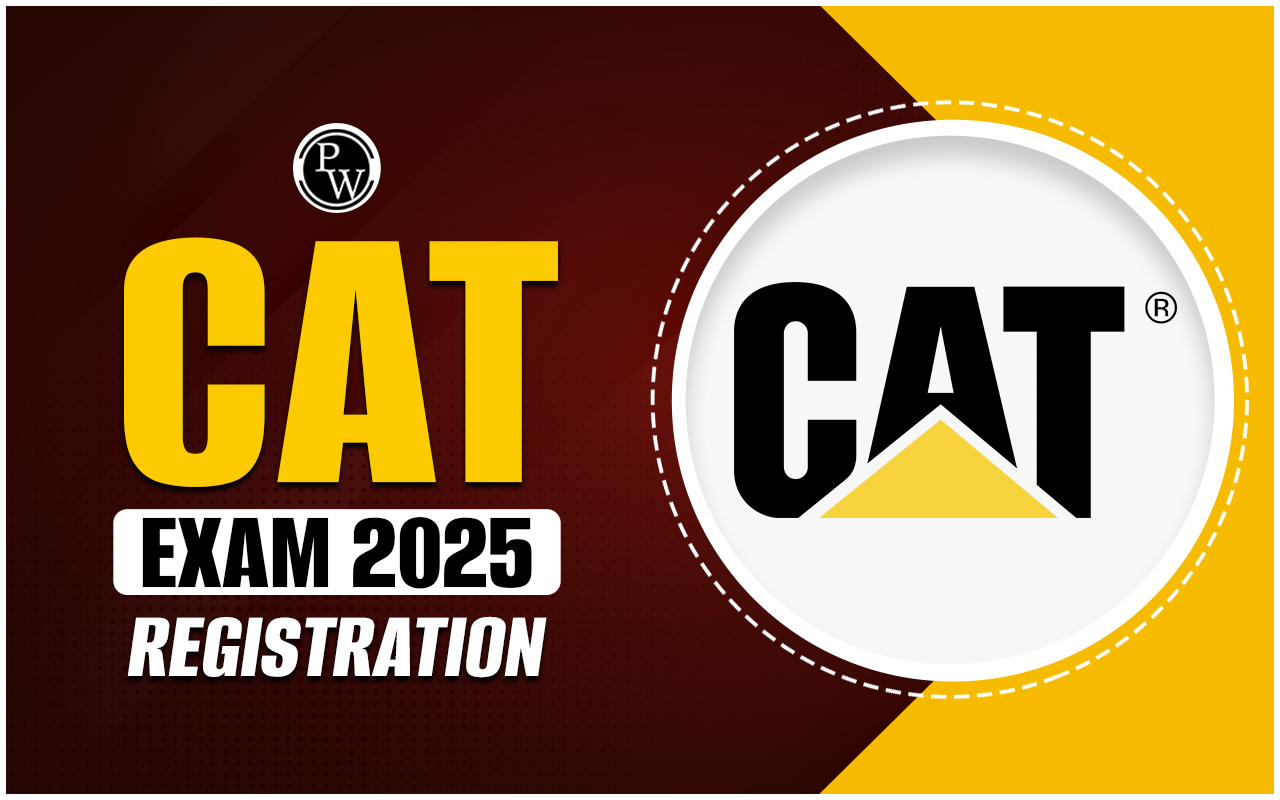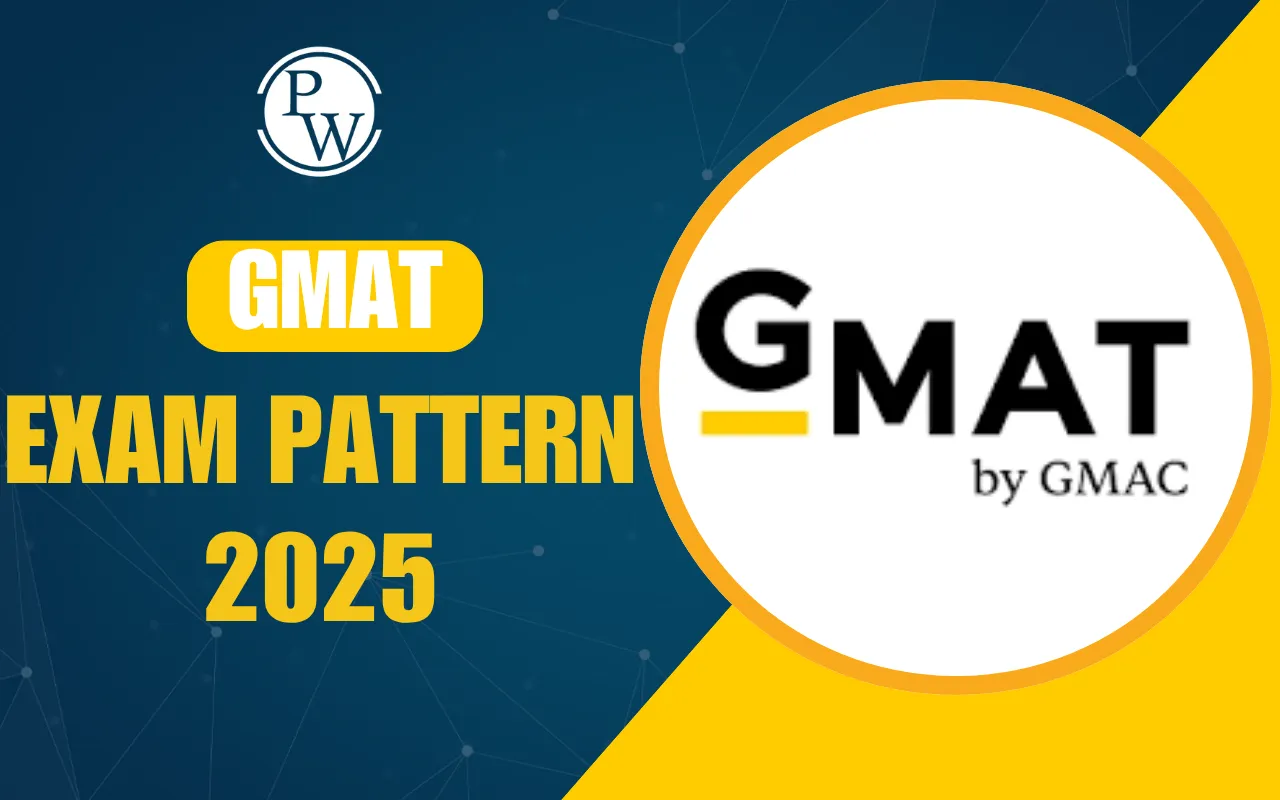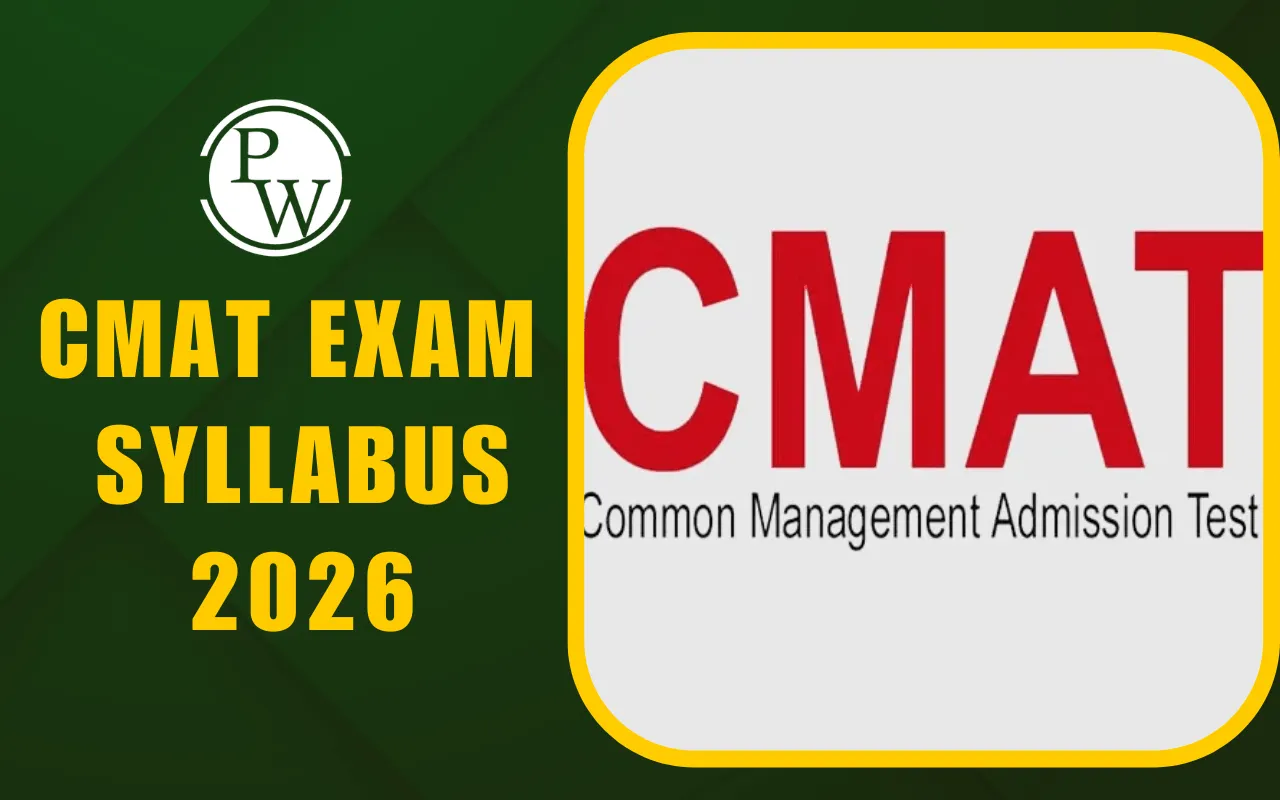
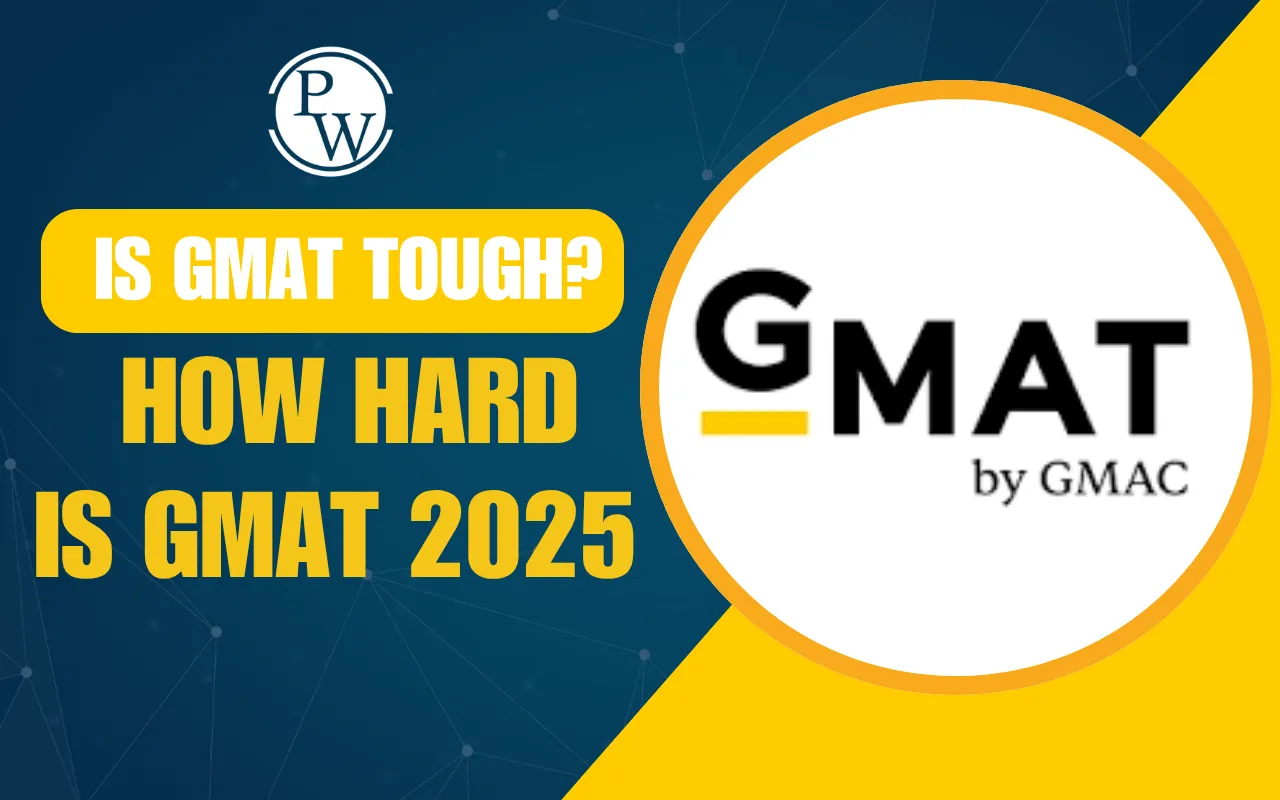
Is GMAT Tough: GMAT continues to be one of the most competitive entrance exams for business school aspirants worldwide. In 2025, the exam retains its reputation for being challenging due to its adaptive nature, time pressure, and the level of analytical thinking it demands. Many candidates often find themselves asking, “Is GMAT tough?”—and the answer depends on preparation, mindset, and familiarity with the exam format.
Understanding the difficulty level of the GMAT in 2025 requires a closer look at each section, common obstacles faced by test-takers, and the evolving trends in question patterns. With the right strategy, even a tough exam can be tackled effectively.
Also Read: GMAT Focus Exam 2025
GMAT Exam 2025 Overview
The GMAT 2025, or Graduate Management Admission Test, is a globally recognized standardized exam administered by the Graduate Management Admission Council (GMAC). It serves as a key requirement for admission to leading business schools offering MBA and PGDM programs. Candidates have the option to take the test either at designated test centers or online from home, providing greater flexibility in scheduling.
-
The exam includes three primary sections: Quantitative Reasoning, Verbal Reasoning, and Data Insights.
-
The total test duration is 2 hours and 15 minutes.
-
The maximum score a candidate can attain is 805.
|
GMAT Exam 2025 Overview |
||
|
Particulars |
Description |
Stats |
|
Purpose |
Entrance exam for business management programs at international universities |
Recognized in 114+ countries, 7,100+ programs |
|
Difficulty |
Challenging; only 6% score 720 or higher, usually required for top schools |
Average score: 565; >650: 27%; 700: 12% |
|
Skills Tested |
Emphasizes higher-order logical reasoning skills |
Requires commitment and smart preparation plan |
|
Varied Difficulty |
Varies based on individual strengths and weaknesses |
Integrated reasoning/math vs. writing/verbal skills |
|
GMAT Focus Edition |
Introduced in 2024, maintains difficulty; emphasizes higher-order reasoning |
Still assesses quantitative and verbal reasoning |
Also Read: GMAT Topics
GMAT Focus Edition 2025
GMAT Focus Edition 2025 represents the updated format of the GMAT exam, officially launched in November 2023. It has now replaced the previous version and is the sole format available for test-takers. Below are the key updates introduced in this new edition:
-
Section Structure: The exam now features three sections—Quantitative Reasoning, Verbal Reasoning, and a newly added "Data Insights" section, replacing the earlier four-section layout.
-
Reduced Questions: The total number of questions has been cut down from 80 to 64.
-
Shorter Duration: The overall testing time has been reduced to approximately 2.5 hours.
-
Streamlined Preparation: The new format emphasizes practical, application-based skills, making preparation more focused and relevant.
-
Answer Review: Test-takers can now revisit and modify their responses during the exam.
-
Enhanced Score Report: The updated score report offers more comprehensive feedback for better performance analysis.
-
Modernized Content: Both the quantitative and verbal sections have been revised to align with current business scenarios and skill demands.
How difficult is GMAT Exam in 2025
Cracking the GMAT is often seen as a major hurdle for business school aspirants. Known for testing both analytical and verbal skills under time pressure, the GMAT is a true measure of a candidate’s readiness for rigorous management programs. As the 2025 edition continues to be a global benchmark, it remains one of the most demanding standardized exams in the business education space.
-
GMAT is a globally recognized standardized exam used for admission into graduate-level management and business programs. It is widely accepted by more than 7,100 programs across 114+ countries, making it a key credential for aspiring MBA candidates.
-
Achieving a high score on the GMAT is quite challenging. Statistics show that only about 6% of test-takers manage to score 720 or higher—a benchmark typically required by elite business schools. The average score remains around 565, reflecting the exam's overall difficulty and competitive nature.
-
Exam statistics reveal the GMAT's difficulty: only 27% of candidates score above 650, and a mere 12% manage to reach 700 or more. These figures highlight the competitive and demanding nature of the test.
-
The GMAT focuses on high-level logical reasoning skills important in the competitive business world. To do well, you need dedication and a smart study plan, not just casual studying.
-
Difficulty on the GMAT varies based on your strengths and weaknesses. People good at integrated reasoning and math may find some parts easier, while those better at writing and verbal skills may struggle with the analytical and math sections.
Also Read: Study Timetable for GMAT Preparation
Why Do Students Find the GMAT Challenging?
The GMAT is not just a test of knowledge but one of endurance, logic, and precision. Students often find it challenging due to its adaptive question pattern, which increases in difficulty based on their performance. The time constraints add additional pressure, requiring quick thinking and accuracy under stress. The Data Insights section, introduced in the GMAT Focus Edition, further complicates preparation by blending quantitative and analytical skills. Moreover, the GMAT doesn't favor rote learning—it demands critical thinking and practical application. For many, balancing preparation with work or college commitments only adds to the complexity of the exam.
Strategies to Tackle GMAT Difficulty in 2025
The GMAT Focus Edition 2025 demands more than just academic knowledge—it tests your reasoning, time management, and decision-making under pressure. To successfully navigate this challenging exam, a strategic approach tailored to the new format is essential. Here are some proven strategies to help aspirants tackle the GMAT effectively:
-
Understand the Exam Structure Thoroughly: Familiarize yourself with the three sections—Quantitative Reasoning, Verbal Reasoning, and Data Insights. Know what each section tests, how questions are framed, and how the adaptive format impacts question difficulty.
-
Create a Personalized Study Plan: Assess your strengths and weaknesses early on and design a realistic study schedule. Allocate more time to weaker areas while reinforcing your strengths. Consistency is key.
-
Practice with Official GMAT Materials: Use official resources from GMAC, including practice exams, question banks, and section-specific guides. These materials are closest in style and difficulty to the real test.
-
Focus on Application-Based Learning: The GMAT now emphasizes practical, real-world problem-solving. Develop the ability to apply theoretical knowledge to business scenarios, especially in the Data Insights section.
-
Master Time Management: Learn to allocate your time wisely across sections. Practice with timers and take full-length mock tests to build speed and stamina, mimicking actual test-day conditions.
-
Review and Analyze Your Mistakes: Post-practice analysis is crucial. Identify patterns in the types of mistakes you make—whether they’re conceptual, careless, or time-related—and work on resolving them systematically.
-
Leverage the Answer Review Feature: In the Focus Edition, you can revisit and change your responses. Develop a strategy to flag difficult questions and return to them if time permits, ensuring smarter answer choices.
-
Build Endurance and Focus: The 2.5-hour test can be mentally draining. Train your mind to stay alert and focused for extended periods by simulating the test environment during practice sessions.
-
Consider Coaching or Peer Support: Join a prep course or study group if you need structured guidance or motivation. Peer discussions can help clarify concepts and keep preparation on track.
PW GMAT Online Coaching aims to strengthen candidates’ exam preparation through regular live lectures. Join the PW GMAT Coaching Class to access live and recorded video lessons, updated DPPs, doubt clarification sessions, and adaptive mock tests.
Is GMAT Tough FAQs
Is the GMAT tough in 2025?
What makes the GMAT Focus Edition 2025 different?
What is considered a good GMAT score in 2025?
Why do students struggle with the GMAT?
How can I prepare effectively for the GMAT 2025?

